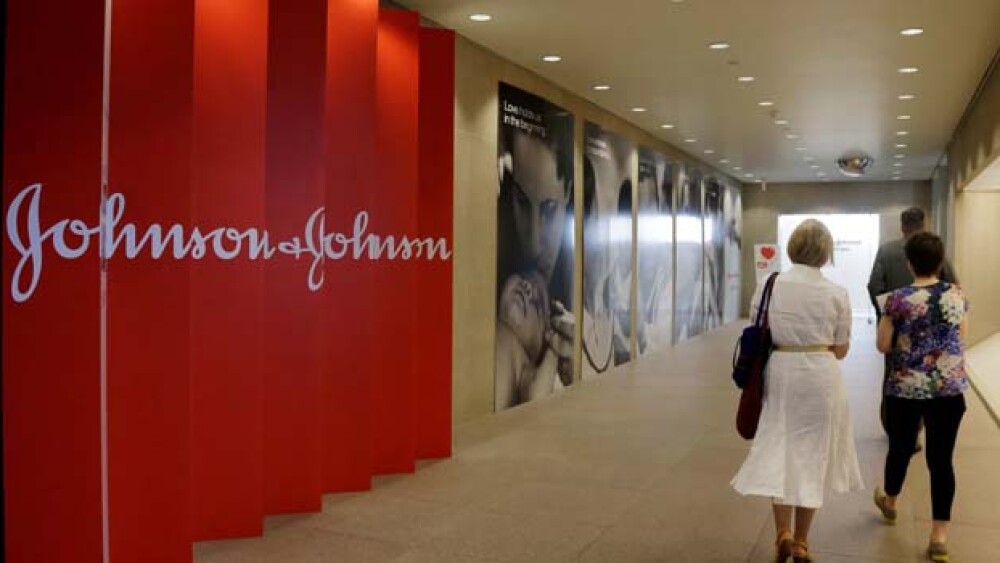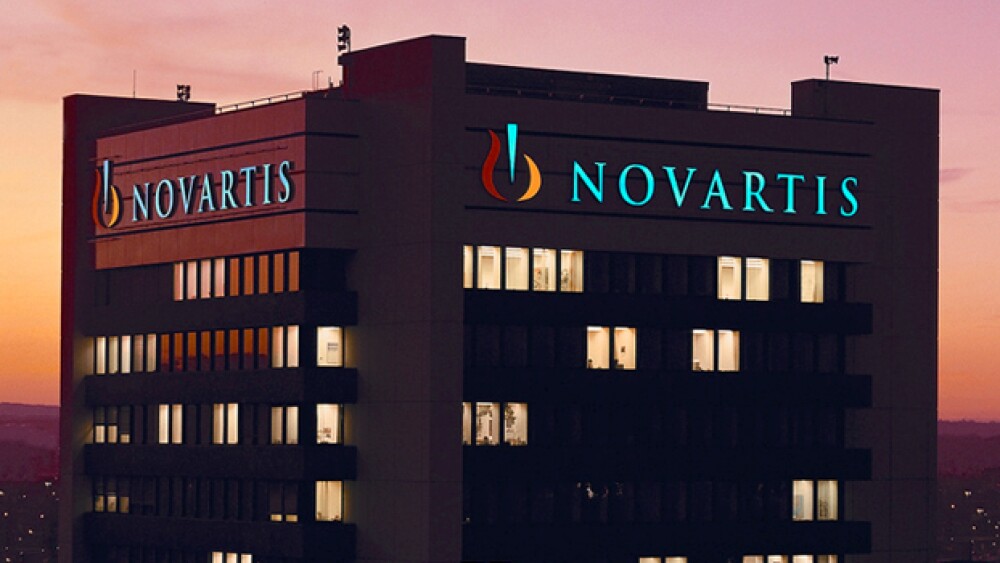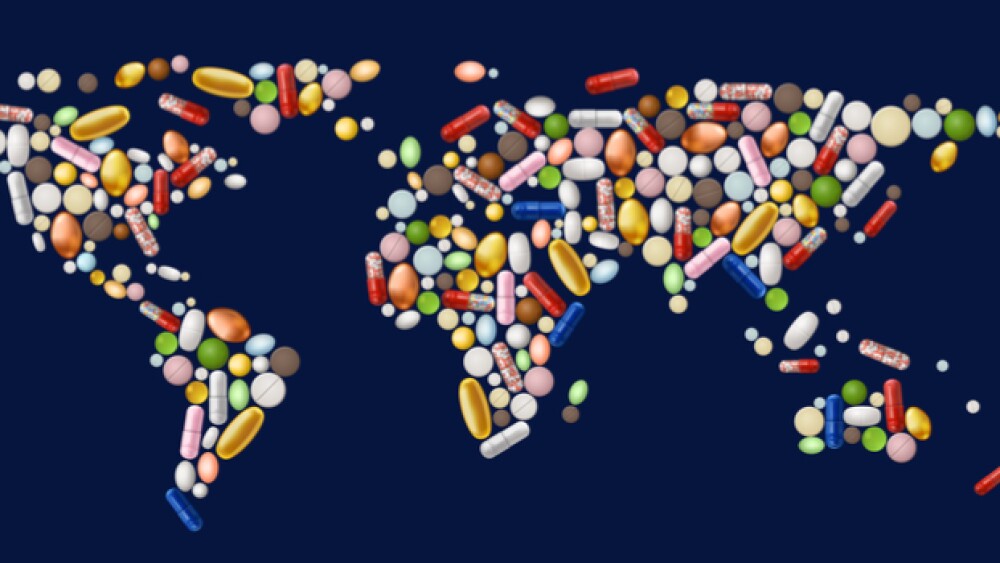
Novartis
NEWS
Tremfya was being compared to Novartis’ Cosentyx (secukinumab) in a head-to-head study. In the trial, Tremfya showed that 84.5 percent of patients treated with the drug achieved at least 90 percent improvement in their baseline Psoriasis Area Severity Index (PASI) score at 48 weeks.
Although a moderate presence in Europe, with about 25 biosimilars approved and on the market, they haven’t gained traction in the U.S. Even though at least 11 have been approved in the U.S., only about three are available, largely because of business tactics branded drug companies are using to slow down the competition to their typically very high-priced biologic drugs.
Novartis is taking a treatment for persistent hives into Phase III trials after a mid-stage trial showed that the medication, ligelizumab (QGE031), outperformed Xolair in patients with chronic spontaneous urticaria (CSU) patients whose symptoms are inadequately controlled by H1-antihistamines.
Novartis’ gene therapy treatment for spinal muscular atrophy could see approval as early as May of this year after the U.S. Food and Drug Administration granted AVXS-101, now dubbed Zolgensma, priority review.
The idea of throwing Big Pharma under the bus in order to protect innovative biotech companies sparked a robust conversation at the seventh annual Forbes Healthcare Summit.
The American Society of Hematology Annual Meeting is always chock full of interesting research and development stories. Here’s a look at some of the highlights of the meeting so far, which is continuing today.
As Britain continues to move forward with its plans to leave the European Union, a new report indicates that the so-called “Brexit” will have a negative impact on healthcare in the United Kingdom.
Since taking over as chief executive officer of Swiss pharma giant Novartis, Vas Narasimhan has been actively reshaping the company to focus on therapies that will drive revenue well into the future.
A Small Group of Pharma Companies Is Making the Bulk of Medicines Necessary for Developing Countries
There are 7 billion people in the world. Of those, 5 billion have access to life-saving medications, while 2 billion do not. That is a gap that pharmaceutical companies can help close through increased R&D programs, logistical initiatives and the lowering of prices, the Access to Medicine Foundation announced Tuesday.
JOBS
IN THE PRESS










